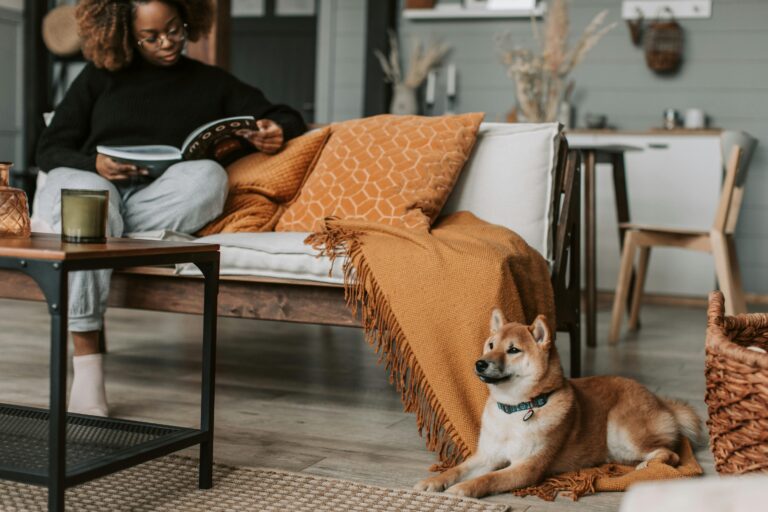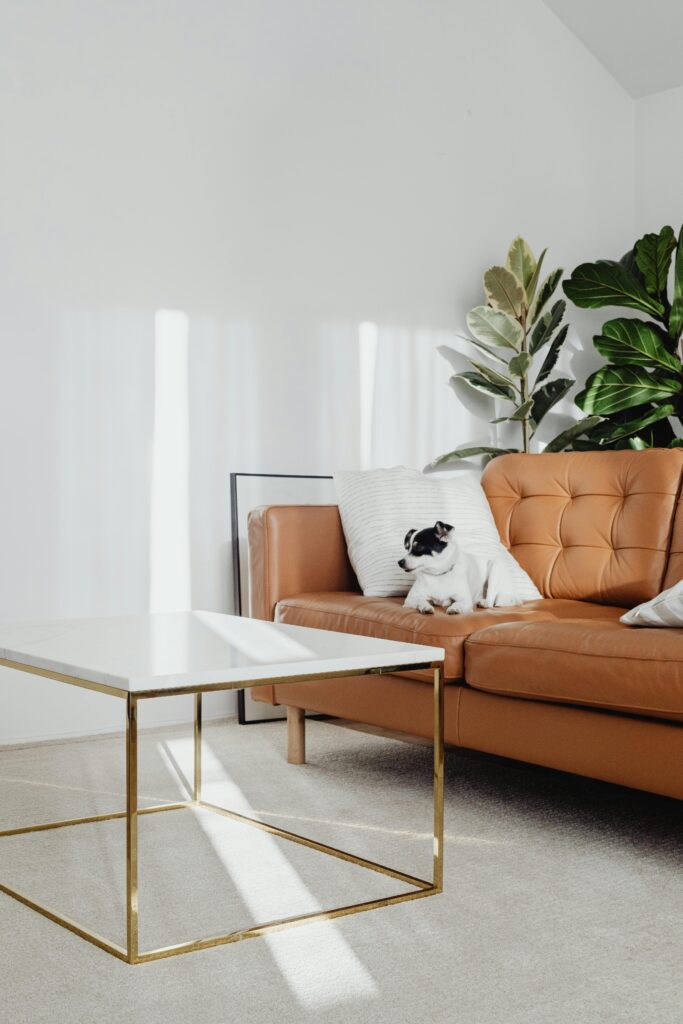As summer winds down and the school year approaches, most families start getting back into routines. But while parents and kids may feel ready to return to normalcy, dogs often struggle with the change. After months of constant companionship, your dog might suddenly face long hours alone, disrupted walk schedules, and fewer play sessions.
Back-to-school transitions can cause stress, boredom, and even separation anxiety in dogs. If you’re not prepared, you might notice new behavior issues popping up, chewing, barking, whining, or accidents in the house. The good news is, with the right preparation, your dog can handle this seasonal shift with confidence.
Let’s explore practical tips to help your pup ease into the school year without feeling left behind.
Why Routines Matter to Dogs
Dogs thrive on predictability. Whether it’s mealtime, bathroom breaks, or playtime, your dog’s internal clock is built around routine. When schedules suddenly change, like when kids return to school, it can disrupt their sense of stability.
You might start seeing signs of anxiety or destructive behavior, especially if your dog was used to round-the-clock company during summer break. Implementing gradual shifts in routine and reinforcing key obedience behaviors can make all the difference.
Our Basic Obedience Program is an excellent way to strengthen your dog’s ability to stay calm, focused, and adaptable in everyday life changes like this one.
Start Adjusting the Schedule Early
Don’t wait until the first day of school to change your dog’s routine. Begin making small adjustments at least 1–2 weeks before the big shift.
Tips for easing into the new schedule:
- Move feeding and potty times to align with the school year routine
- Practice leaving the house for short intervals to simulate school hours
- Reduce mid-day attention gradually so your dog isn’t shocked by the quiet
- Reinforce calm behavior with rewards when you return home
If your dog struggles with independence, this is the time to build their confidence. Slowly increasing alone time while keeping it positive teaches your pup that being alone is not a punishment.
Create a Structured Morning Routine
Morning chaos is common once school starts. Between packing lunches and finding missing shoes, it’s easy to forget your dog needs structure too. But skipping that walk or ignoring their mental needs can cause problems once everyone is gone for the day.
Involve your dog in the morning routine with:
- A short but purposeful walk
- Five to ten minutes of obedience drills
- Puzzle toys or frozen treat feeders to keep them engaged while you’re out
You can even teach your dog a “place” command to help them stay calm while the kids rush around. We’ve covered how useful this command can be during high-energy times in our post on managing excitement and barking when guests arrive, and it’s just as valuable during school mornings.
Keep Your Dog Mentally Stimulated While Alone
One of the biggest challenges during the school year is boredom. A bored dog is more likely to chew, bark, dig, or develop anxiety. Make sure your dog has ways to stay mentally engaged while the house is empty.
Enrichment ideas include:
- Treat-dispensing toys
- Frozen KONGs with peanut butter or yogurt
- Puzzle feeders
- Hide-and-seek toys around the house
These activities keep your dog’s brain busy and provide a positive association with being home alone.
Practice Calm Departures and Returns
It’s natural to want to shower your dog with affection before heading out the door or the moment you return. But these emotional goodbyes and greetings can actually increase anxiety by making departures a big deal.
Instead, aim for neutral exits and calm returns.
-
Before leaving: No fanfare. Give a treat or toy and leave quietly.
-
When returning: Ignore your dog for the first few minutes. Once they’ve settled, then give affection.
Practicing this habit teaches your dog that departures and arrivals are normal and not cause for stress.
Reinforce Obedience to Prevent Regressions
During routine changes, dogs can regress in their behavior. Suddenly, your once well-mannered pup is jumping on kids, ignoring commands, or pulling on leash.
This is common, and it’s your cue to reinforce the basics. Daily practice of obedience commands like sit, down, stay, and place helps your dog feel secure and confident, even when everything around them is shifting.
Our Basic & Advanced Obedience Program is built specifically to help dogs adapt to high-distraction environments, like busy mornings, loud kids, or unexpected schedule changes.
Use Interactive Games After School
When the kids come home, your dog is likely to be full of pent-up energy. Channel that excitement into interactive games that reinforce training and strengthen the bond between your dog and your children.
We love incorporating fun enrichment ideas from our post on indoor escape room-style dog activities, especially on days when outdoor play isn’t an option.
What the Experts Say
According to the AKC, planning ahead and maintaining consistency in your dog’s routine are two of the most important steps when preparing for schedule changes. Dogs rely on us for stability, and simple things like morning walks and interactive feeding toys can ease the transition.
Be Proactive, Not Reactive
The back-to-school season doesn’t have to throw your dog into an emotional tailspin. With a few weeks of preparation and consistency, your pup can adjust smoothly and remain a calm, balanced member of the family.
Need help reinforcing structure, impulse control, or independence training? Our team is here to support you every step of the way. Reach out to us through our contact page and learn how our training programs can set your dog up for a successful school year.


